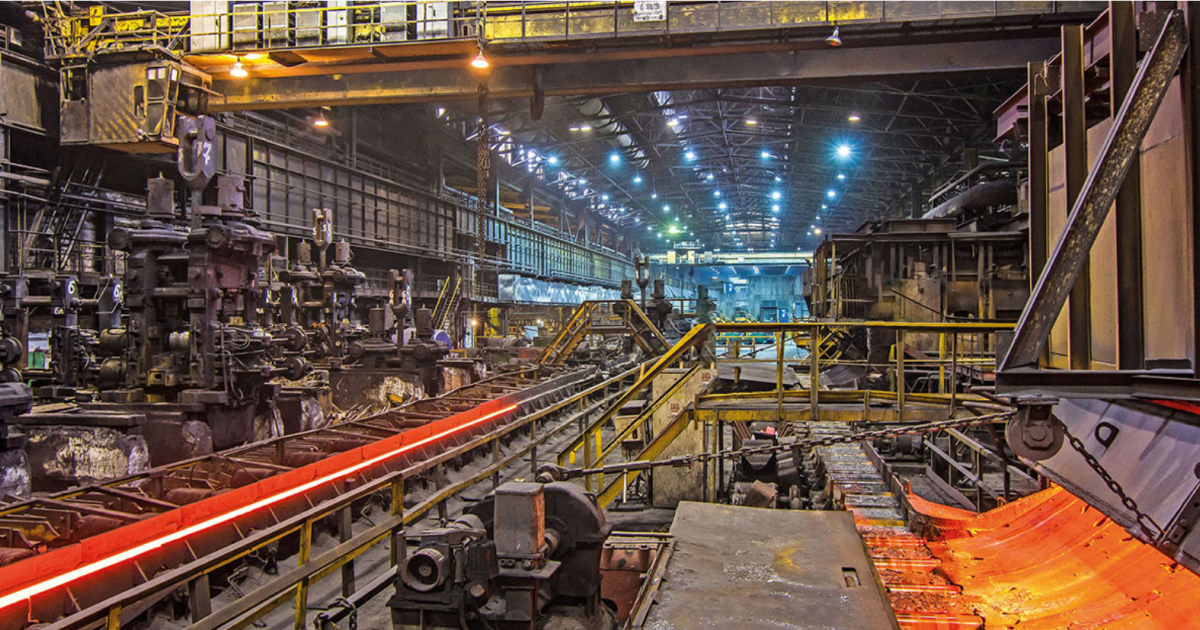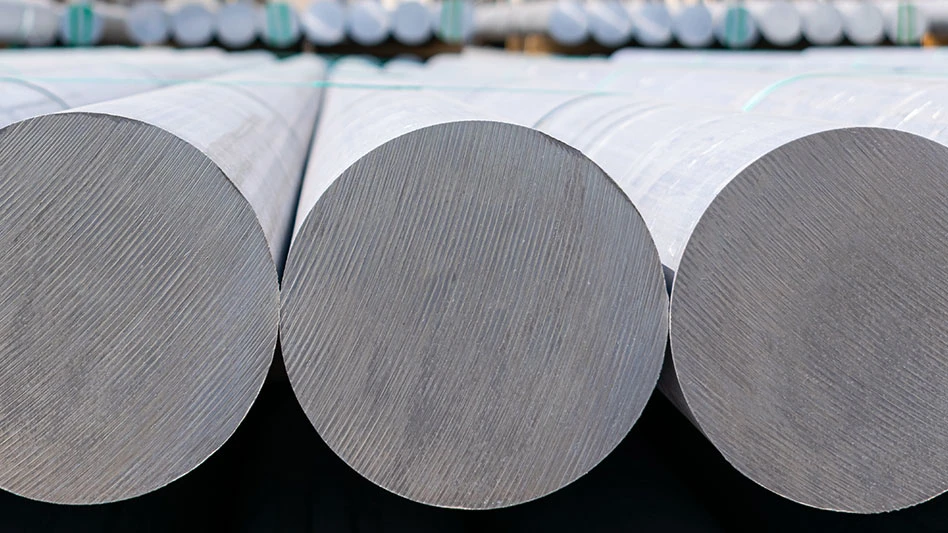
US Military Support to Europe Under Scrutiny
As the US presidential election approaches, experts predict a shift in US military priorities that may impact European defense. With rising tensions in the Asia-Pacific, especially around China, the US could reallocate resources away from Europe. This shift threatens Europe’s ability to maintain critical defense capabilities, particularly in areas like advanced fighter jets and early warning systems.
The US has historically provided Europe with key military technology, including fighter jets, transport planes, and naval ships. European nations have collectively acquired over 500 F-35 Joint Strike Fighters from Lockheed Martin. As US priorities shift, Europe must find alternatives to replace or supplement these assets. According to Jan Joel Andersson, Senior Analyst at the EU Institute for Security Studies (EUISS), Europe may face challenges if it does not increase its own military production and defense cooperation.
EU’s Long-Term Defense Strategy and Investment Plans
In response to the potential decline in US support, the EU has started taking steps to strengthen its defense capabilities. The EU earmarked €8 billion for the European Defence Fund (2021-2027) to enhance military readiness. Additionally, European countries have formed joint defense projects. For instance, Italy’s Leonardo and Germany’s Rheinmetall are producing military combat vehicles together.
Europe is also working on developing the next generation of fighter jets and drones. The Franco-German-Spanish collaboration aims to deliver its first flight in 2027, with operational deployment expected by 2040. Despite these initiatives, a recent report from Mario Draghi highlighted that the EU needs €500 billion more in defense spending to meet escalating challenges. Without this investment, the EU may struggle to fill gaps in defense capabilities, especially as US support decreases.
Challenges in Weapon Supply Chains and Production
Another major concern is the disruption in military supply chains. Europe relies on key materials like chemicals, explosives, and microprocessors for military equipment. With growing conflict frequency and escalating demand for weapons, these essential materials may become scarce. Jamie Shea, former NATO official, warns that while trade with US defense companies may continue, shortages could arise during prolonged or multi-front conflicts.
Europe’s Path Forward: Strengthening Defense and Innovation
To ensure its defense posture remains strong, Europe must ramp up production and investment in its defense sector. Cooperation among EU member states is essential. Additionally, strategic defense innovation will be crucial to Europe’s ability to compensate for any reduction in US military contributions.











Leave a Reply
You must be logged in to post a comment.